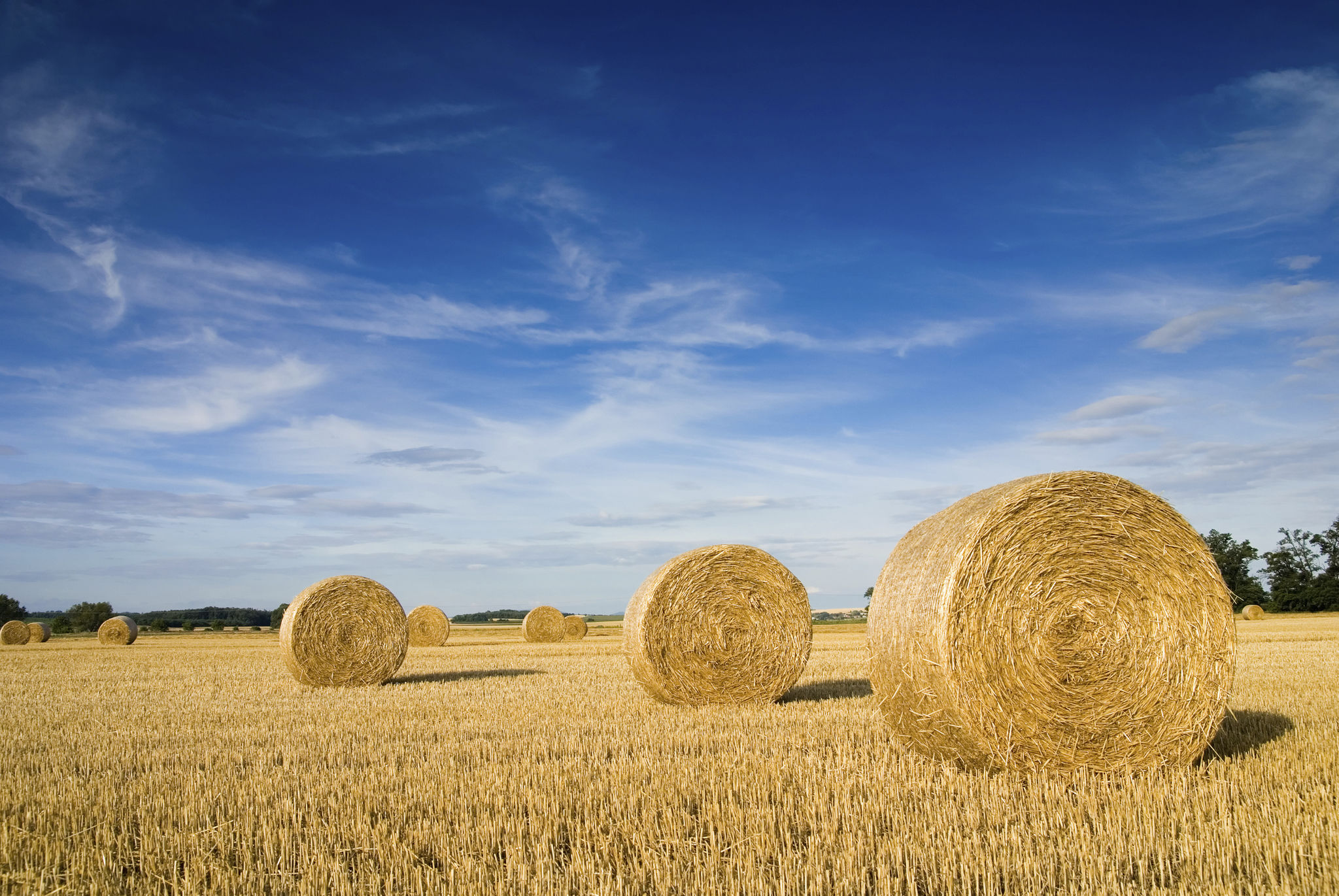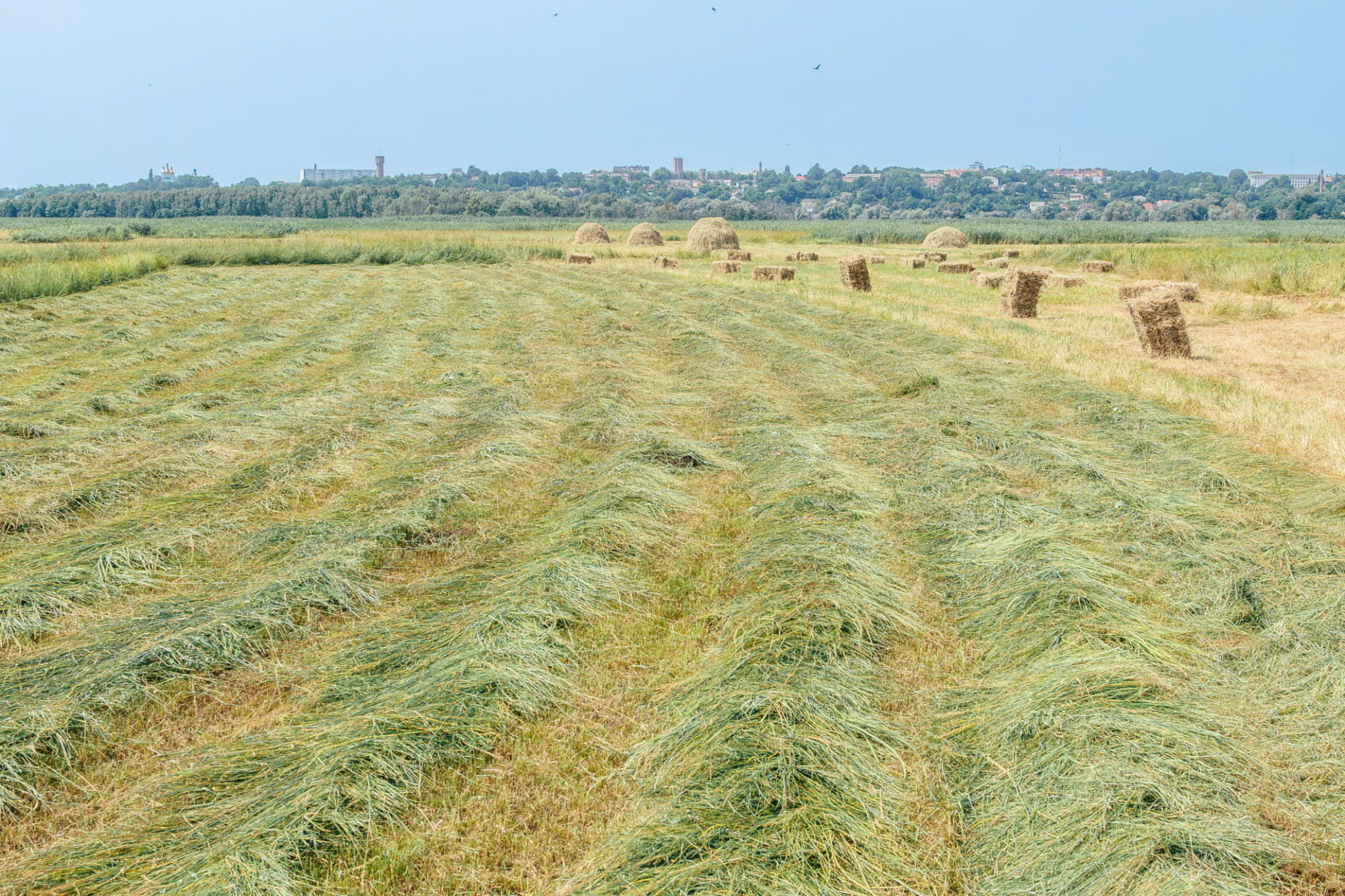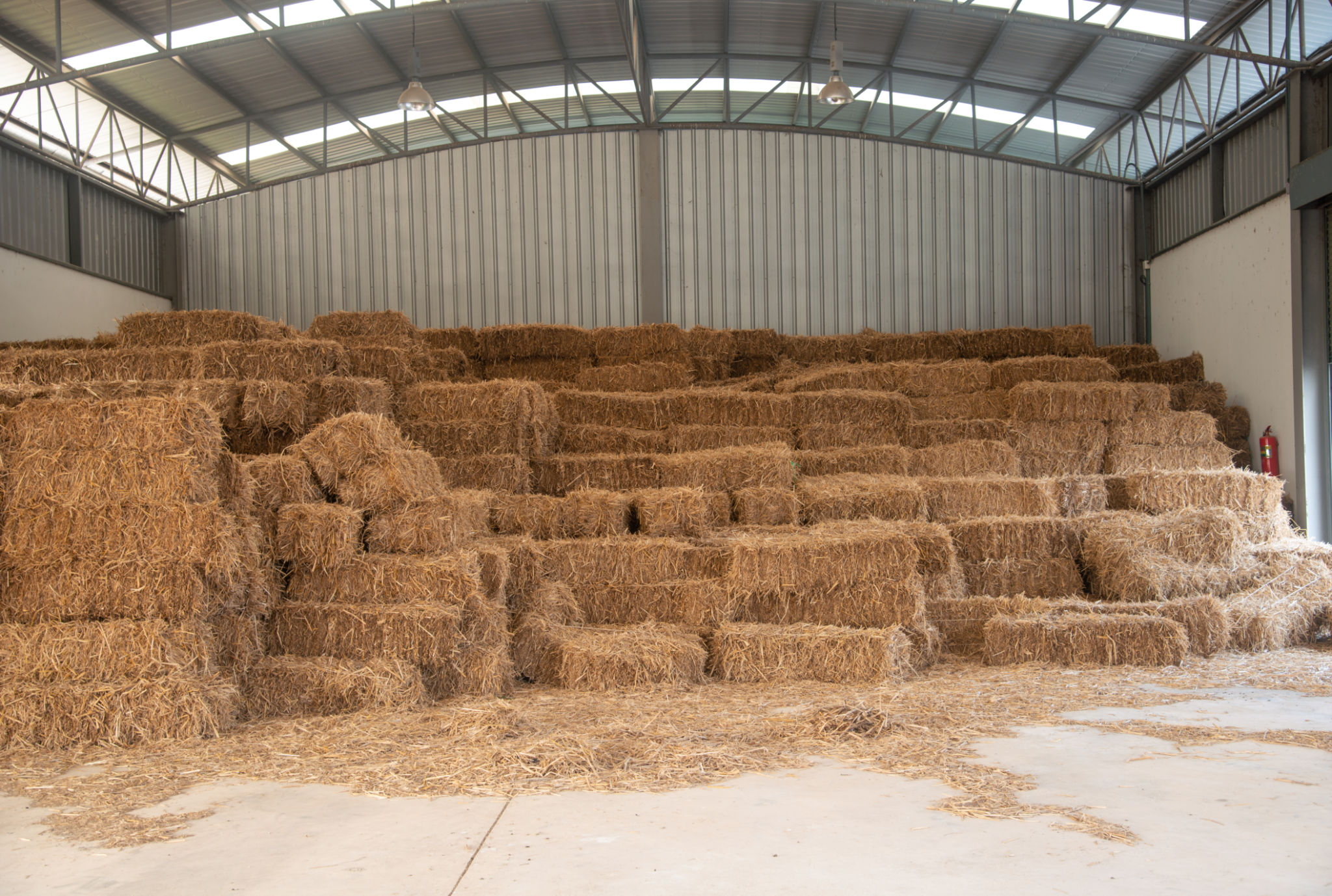Seasonal Hay Preparation: Ensuring Quality Hay for Your Livestock
Understanding the Importance of Quality Hay
Ensuring that your livestock receives high-quality hay is crucial for maintaining their health and productivity. Hay serves as a primary source of nutrition, especially during the colder months when fresh pasture is not available. Proper preparation and storage can significantly impact the nutritional content and palatability of the hay.
Quality hay provides essential nutrients such as fiber, vitamins, and minerals that are vital for the well-being of livestock. Poorly prepared or stored hay can lead to nutritional deficiencies, health issues, and reduced productivity among animals. Therefore, understanding the steps involved in preparing and maintaining quality hay is essential for any livestock owner.

Optimal Timing for Hay Harvesting
The timing of hay harvesting plays a significant role in determining its quality. The best time to cut hay is when the plants have reached their peak nutritional value but before they become too mature and fibrous. This stage is typically known as the "boot stage" for grasses or "early bloom" for legumes.
Harvesting at the right time ensures that the hay retains a high level of protein and digestible fiber. It's important to monitor weather conditions closely, as dry weather is ideal for cutting hay. Wet conditions can delay harvesting and affect the drying process, leading to potential spoilage.
Proper Drying Techniques
Once the hay is cut, it must be dried adequately to prevent mold growth and nutrient loss. The drying process typically involves tedding, which is the spreading of the cut hay to allow even drying. This helps in reducing moisture content and ensuring that the hay is preserved in good condition.

Monitoring moisture levels during drying is crucial. Ideally, hay should be baled when its moisture content is between 15% and 20% to minimize the risk of mold development. Using moisture meters can help in achieving this balance effectively.
Storage Solutions for Preserving Hay Quality
Once dried and baled, proper storage is critical to maintaining hay quality. It’s important to keep hay protected from moisture, sunlight, and pests. Storing bales in a dry, well-ventilated area is ideal. Consider using tarps or plastic covers if indoor storage isn't available.
- Store hay off the ground on pallets or platforms to prevent moisture absorption.
- Ensure good air circulation to prevent heat buildup within the bales.
- Regularly inspect stored hay for any signs of spoilage or pest infestation.

Monitoring Hay Quality Over Time
Even after successful harvesting and storage, it's important to regularly assess the quality of your hay. Visual inspections can identify any mold growth or spoilage. Additionally, testing for nutrient content can provide insights into the nutritional value of your hay over time.
By paying attention to these factors, livestock owners can ensure that their animals receive consistent and high-quality nutrition throughout the year. This proactive approach not only supports animal health but also enhances overall farm productivity.
